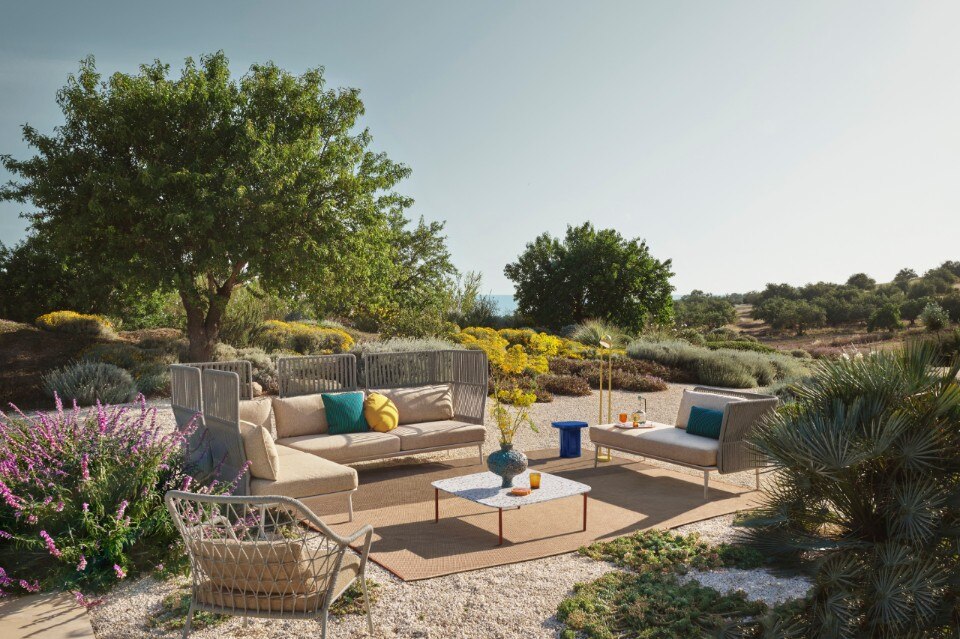It is here that Calatrava was invited to design a pedestrian bridge over the dried-up bed of the river that was diverted away from the city after a disastrous flood in the 1950s, but had the bridge named after him. It is here that Calatrava, routinely described as an artistic genius in the local press, was also asked to design a science museum, a planetarium, and, most questionable of all, an opera house that bears an uncomfortable resemblance to a dead lobster, inflated to enormous scale. And it is here that Norman Foster designed a major building, and SANAA is working on an expansion of the existing museum of modern art.
The latest architectural project built in a deliberate attempt to raise the city’s profile is David Chipperfield’s striking but cool and restrained pavilion for the America’s Cup, the exotic sporting event that brings giant sailing boats from around the world to compete against each other. The impact of the America’s Cup on the city can be seen both commercially and culturally. The city was delighted to be selected by the cup holders, land-locked Switzerland, as the base for the 2007 sailing races. It saw a means of drawing attention to itself, attracting new visitors and new investors in a manner that Spanish cities are very familiar with from the Seville Expo to the Barcelona Olympics. But a sailing tournament is a rather different proposition.
The America’s Cup is a gentlemanly institution that goes back to the 19th century, translated to the era of the super-rich. Boats are hugely costly, requiring 18-men teams and massive investment as well as a continuous research programme into new materials and new techniques that will deliver speed, manoeuvrability, strength and lightness. The sailing takes place out at sea, and is not naturally an engaging spectator sport. One must have a working understanding of highly complex rules in order to appreciate it, as well as a suitable vantage point at sea. This is not the most promising of raw materials from which to create an urban asset. But Valencia, with David Chipperfield’s architecture, has made a remarkable success of it. An old harbour, cheek by jowl with the city’s new container port, has been transformed with a canal cut to connect the basin with the sea, and a landscaped waterfront.
Most striking is the four-storey pavilion that Chipperfield has built to provide a base and a focus for the America’s Cup families, competitors, sponsors, owners and dignitaries. It was originally conceived as part of Valencia’s bid for the Cup, when the Swiss winner of the last round had the right to take the tournament anywhere he chose. Three cities (Marseille, Lisbon and Naples) were in serious contention with Valencia. The Spanish city won, partly because of the mayor’s commitment to build an iconic landmark that could be seen as the physical embodiment of the America’s Cup on land. The city had only the most restricted of time schedules to make good their promise, and it was just 11 months from the selection process to unveiling.
In essence the building acts as the auditorium for spectators, in the midst of the waterscape which is redefined as a vast outdoor theatre that wraps itself around it. It is a place to sit or stand on one of the many generous open terraces, and watch as the flotilla of carbon fibre-hulled boats is towed out at the start of a race, and towed back at the end. From its glass-walled restaurants you can look out and see the seascape outside, framed by the building as if it were a proscenium arch. The structure also deftly deals with the issue of privilege and access. This building is designed for the insiders, the circle of crew of course, but also for the owners and their sponsors, and above all the sponsors’ guests. Access is restricted to those with the plastic pass, with its laminated bearer photograph, worn around necks as a badge of rank, finished in Javier Mariscal’s familiar graphic style.
But Chipperfield has carefully integrated its ground level with the surrounding urban landscape which makes it porous, with access to ground-floor restaurants and cafes. The upper levels, with their sponsors’ suites, lounges and terraces, are more private. But the two sides are integrated in a way that makes the pavilion agreeably non-restrictive. Chipperfield piled up the accommodation to give the pavilion enough bulk to impose itself on the messy wide-open spaces of the waterfront and its working harbour. It is a lookout platform from which to see, but also on which to be seen. When it comes to life with crowds of people lined on its decks, it is as if Chipperfield had followed in the footsteps of Berthold Lubetkin and his famous Penguin pool at the London Zoo.
The palette of materials is restricted to a dark concrete base for the adjoining car parking structure, white steel cladding, and glass. For Chipperfield this is new territory, an unfamiliar building type, driven by a quest for the spectacular by the client but realised with sensuous restraint.









The design of well-being according to Caimi
Two new products ensure the highest level of environmental well-being through acoustic insulation.


